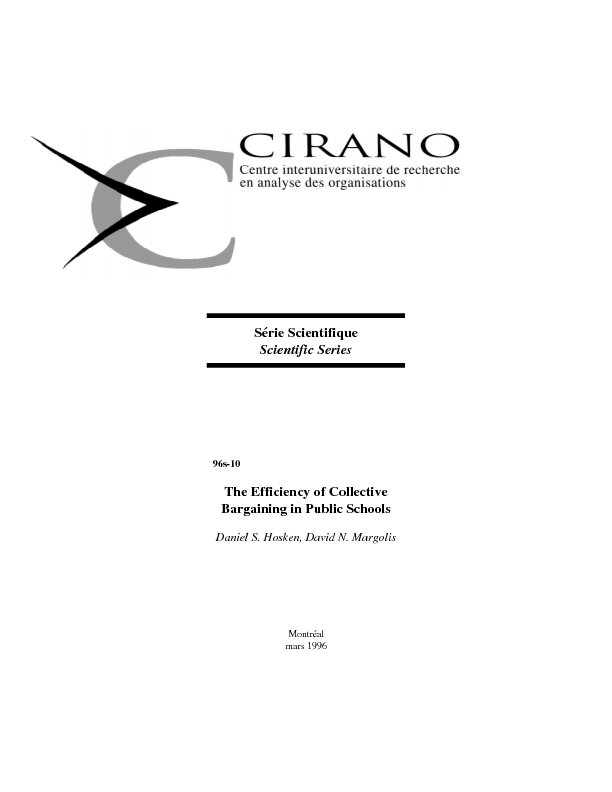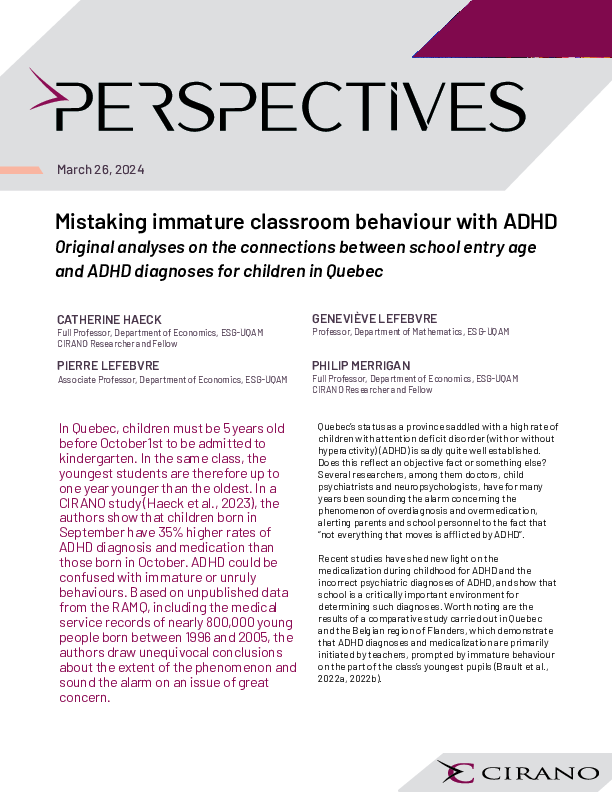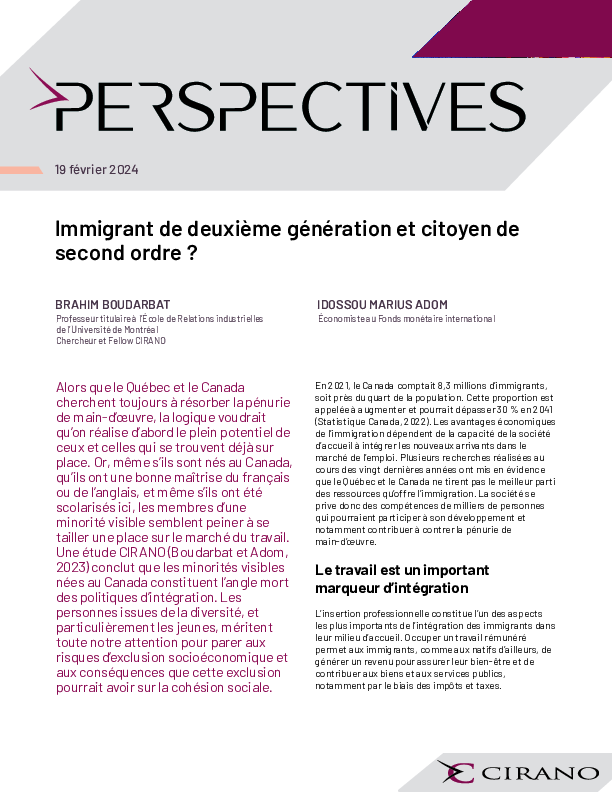The Efficiency of Collective Bargaining in Public Schools
This paper develops a bargaining model of wage and employment determination for the public sectror. The solution to the model generates structural wage and employment equations that are estimated using data from New York State teacher-school district collective bargaining agreements. An advantage of this approach is that the major collective bargaining models (monopoly union, right to manage, efficient contracting, and inefficient contracting) are nested in the structural equations based on flexible functional forms and these models can be empirically tested as restrictions on estimated model parameters. The empirical results suggest that the allocation of resources generated by collective bargaining in New York State public schools is, by and large, not Pareto efficient. Furthermore, it is possible to estimate separate measures of union bargaining power over wages and employment. Empirically, it appears that union bargaining power over wages is around 0.53, while bargaining power over employment is around 0.71. In addition, the paper demonstrates the importance of controlling for the nature of the collective agreement when measuring the level of public services that flow to a community in the presence of a unionized public sector work force.
[ - ]




